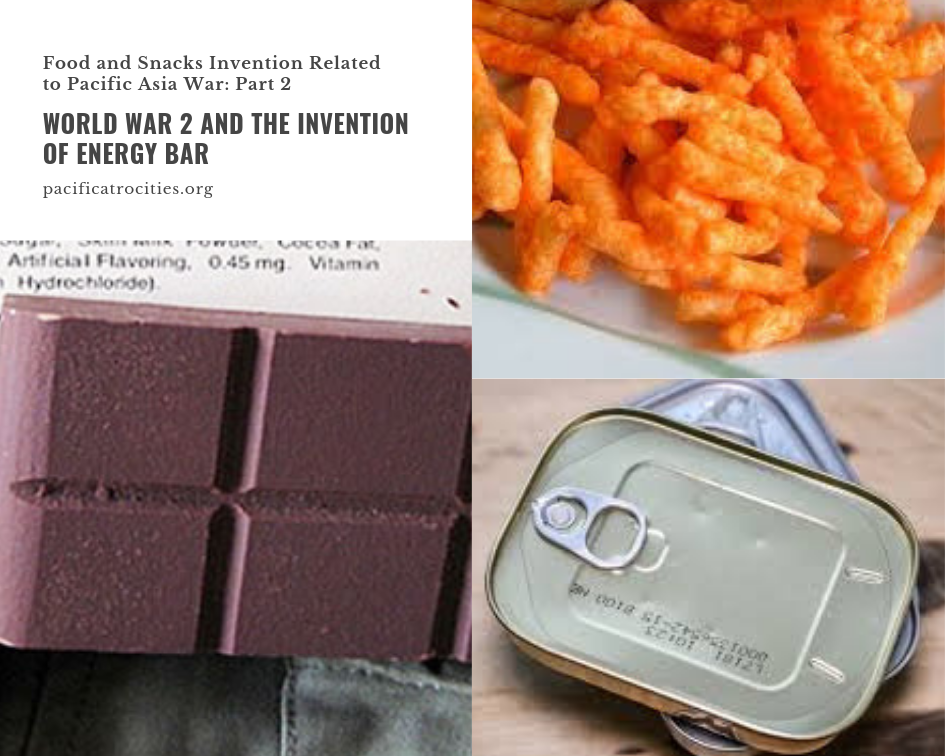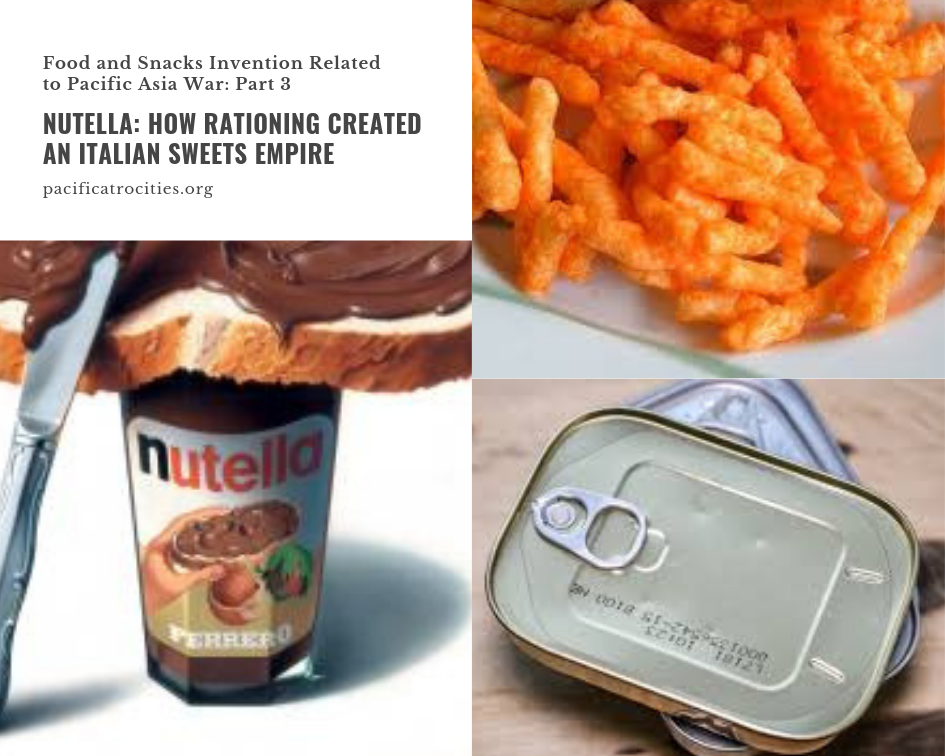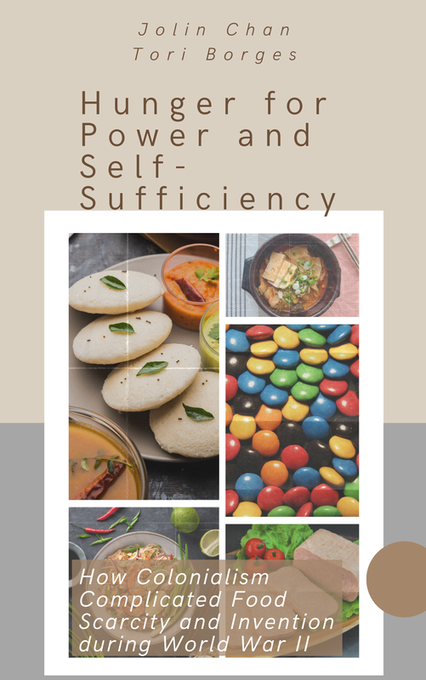|
by Nickii Wantakan Arcado "Peace will come to the world when the people have enough to eat." Postwar Japan was exemplified by remnants of torn buildings, broken windows, caused by Allied aerial bombs. One of the destroyed office building was owned by Taiwanese-Japanese Momofuku Ando, and with the devastation of his workspace and eventually the bankruptcy of his company, Ando became unemployed. While walking across postwar Japan, Ando noticed a line of people gathering around a pop-up (or rather, makeshift) ramen stand. Ando was confused as to why people would wait hours for noodles, as the Japanese also had access to wheat bread supplied by the U.S. After much deliberation, Ando realized that the Japanese populace was pulled towards noodles because of its familiarity with the country’s culture. Its warmth and rich broth flavor were the reasons the cuisine remains a Japanese favorite. “It took 48 years of my life for me to come up with the idea of instant noodles. Each and every event in the past is connected to the present by invisible threads.” But developing instant ramen was not an easy process. The first challenge he faced was the production of the ramen noodles itself. Noodle companies in Japan at the time were too small and too few, overall being incapable of satisfying supply needs. As such, rather than pair up with a company, Ando decided to build his own company and produce the ramen himself in a small shack behind his house. The second challenge was figuring out how to preserve the ramen and cook the ramen. Ando discovered that flash-frying ramen noodles in tempura oil would harden the noodles, Ando then created tiny holes in the noodles, causing the noodles to expand and cook when hot water was added. Finally, in 1958, he perfected his original flavor (and the original instant ramen), chicken ramen. He explained his choice in using chicken soup as a base: “Hindus may not eat beef and Muslims may not eat pork, but there is not a single culture, religion or country that forbids the eating of chicken.” His company, Nissin, was created the same year. And the rest is history. On January 5, 2007, Ando passed away in a hospital in his hometown. He was 96 years old and was survived by his wife Masako, two sons and a daughter. He was honored with multiple medals by the Japanese government, most notably, The Order of the Rising Sun, Gold and Silver Star, Second Class, in 2002, the second most prestigious award in Japan. Today, Nissin instant ramen offers over 16 different flavors, including beef, shrimp, soy sauce, and chili. An interactive museum to commemorate Ando’s landmark achievement was created in Ikeda of the Osaka Prefecture, Ando’s hometown. Exhibitions and attractions include the chicken ramen factory, which allows the guest to make ramen fresh by hand. Guests go through the kneading, spreading, steaming, seasoning, and drying process of Nissin ramen and learn about the flash frying method that allows ramen to preserve itself for several years. Another exhibition includes the My CUPNOODLES Factory where guests can create their own CUPNOODLES package for 350 yen (approximately $3.17). A CupNoodles Museum was also built, located in the city of Yokohama featuring 4 stories of history and exhibition of the Nissin company and its founder. Both museum offer free admission. More information on the museums can be accessed here. On March 5, 2015 Google celebrated the inventor’s 105th birthday and an animation as well as a brief description of his life and business accomplishments were featured on the front page (here). While instant ramen has garnered a reputation for being a staple college student dinner (or lunch for that matter), the product’s ability to help millions of displaced people during the time of economic or environmental disasters--including the Fukushima Daiichi Nuclear disaster— is highly remarkable. In Frederick Errington, Deborah Gewertz and Tatsuro Fujikura’s book, The Noodle Narratives, as of 2012, 100 billion serving of instant ramen has been fed to people all over the world. The book not only argues that the product help low-income works in both rich and poor countries, but the product is capable of being tweaked to adapt to various cultural tastes. Flavors such as spicy hot beef have been popular with areas of Southeast Asia, while shrimp and chicken sells higher in Latin American countries Reading through Ando’s story there is no debate that his initial goal to feed the hungry in Post-War Japan, working hours in his backyard shed alone, and producing a mechanism that has been replicated by other companies (Even competitors like Maruchan and Sapporo Ichiban, Indomie from Indonesia, MAMA from Thailand, Shin Ramyun and Samyang from Korea) has cemented Nissin instant ramen as one of the world’s most important inventions. Inspiration leads to invention. Tenacity is the breeding ground for inspiration. There can be no invention in the absence of tenacity. References:
Related ArticlesRead and Learn More!
0 Comments
Leave a Reply. |
- Home
- Stories
-
Internship
- Summer 2024 Internship
- Summer 2023 Internship
- Fall 2022 Internship
- Summer 2022 Internship
- Summer 2021 Internship
- Fall 2020- Spring 2021 Internship
- Summer 2020 Internship
- Fall 2019 Internship
- Summer 2019 Internship >
- School Year 2018-2019 Internship
- Summer 2018 Internship >
- Fall 2017 Internship
- Summer 2017 Internship >
- Books
- Archives
-
Resource Page
-
Supplementary Research Guides
>
- Unit 731 - Guide >
-
Philippines' Resistance - Guide
>
- Philippines World War II Timeline
- The Japanese Invasion & Conquest of the Philippines
- Bataan Death March
- Formation of Underground Philippines Resistance
- Supplies of the Guerrilla Fighters
- The Hukbalahap
- Hunter's ROTC
- Marking's Guerrillas
- United States Army Forces in the Philippines of Northern Luzon (USAFIP-NL)
- The Aetas
- Chinese and Filipino-Chinese Nationalist Guerrilla Units
- The Female Faces of the Philippine Guerrillas
- Rising Sun Flag - Guide >
- Pinay Guerrilleras - Guide >
- Fall of Singapore - Guide >
- Three Years and Eight Months - Guide >
- Siamese Sovereignty - Guide >
- The Khabarovsk War Crimes Trial - Guide >
- Unit 731 Cover-up : The Operation Paperclip of the East - Guide >
- Marutas of Unit 731 - Guide >
- Prince Konoe Memoir - Guide >
- Competing Empires in Burma - Guide >
- Battle of Shanghai - Guide >
- Ishi Shiro - Guide >
- Taiwan The Israel of the East - Guide >
- Seeking Justice for Biological Warfare Victims of Unit 731 - Guide >
- Rice and Revolution - Guide >
- Clash of Empires - Guide >
-
Hunger for Power and Self-SufficiencyI - Guide
>
- The Influence of War Rations on Post-War Culinary Transformations
- How World War II Complicated Food Scarcity and Invention
- American Military Innovations
- Government-Sponsored Food Inventions in Europe during World War II
- Feeding the Army: The Adaptation of Japanese Military Cuisine and Its Impact on the Philippines
- Mixed Dishes: Culinary Innovations Driven by Necessity and Food Scarcity
-
Denial A Quick Look of History of Comfort Women and Present Days’ Complication - Guide
>
- The Comfort Women System and the Fight for Recognition
- The Role of Activism and International Pressure
- The Controversy over Japanese History Textbooks
- The Sonyŏsang Statue and the Symbolism of Public Memorials
- Activism and Support from Japanese Citizens
- The Future of Comfort Women Memorials and Education
- Echoes of Empire: The Power of Japanese Propaganda - Guide >
- Lesson Plans >
-
Supplementary Research Guides
>
|
Pacific Atrocities Education
730 Commercial Street San Francisco, CA 94108 415-988-9889 |
Copyright © 2021 Pacific Atrocities Education.
We are a registered 501 (c)(3) charity. |
- Home
- Stories
-
Internship
- Summer 2024 Internship
- Summer 2023 Internship
- Fall 2022 Internship
- Summer 2022 Internship
- Summer 2021 Internship
- Fall 2020- Spring 2021 Internship
- Summer 2020 Internship
- Fall 2019 Internship
- Summer 2019 Internship >
- School Year 2018-2019 Internship
- Summer 2018 Internship >
- Fall 2017 Internship
- Summer 2017 Internship >
- Books
- Archives
-
Resource Page
-
Supplementary Research Guides
>
- Unit 731 - Guide >
-
Philippines' Resistance - Guide
>
- Philippines World War II Timeline
- The Japanese Invasion & Conquest of the Philippines
- Bataan Death March
- Formation of Underground Philippines Resistance
- Supplies of the Guerrilla Fighters
- The Hukbalahap
- Hunter's ROTC
- Marking's Guerrillas
- United States Army Forces in the Philippines of Northern Luzon (USAFIP-NL)
- The Aetas
- Chinese and Filipino-Chinese Nationalist Guerrilla Units
- The Female Faces of the Philippine Guerrillas
- Rising Sun Flag - Guide >
- Pinay Guerrilleras - Guide >
- Fall of Singapore - Guide >
- Three Years and Eight Months - Guide >
- Siamese Sovereignty - Guide >
- The Khabarovsk War Crimes Trial - Guide >
- Unit 731 Cover-up : The Operation Paperclip of the East - Guide >
- Marutas of Unit 731 - Guide >
- Prince Konoe Memoir - Guide >
- Competing Empires in Burma - Guide >
- Battle of Shanghai - Guide >
- Ishi Shiro - Guide >
- Taiwan The Israel of the East - Guide >
- Seeking Justice for Biological Warfare Victims of Unit 731 - Guide >
- Rice and Revolution - Guide >
- Clash of Empires - Guide >
-
Hunger for Power and Self-SufficiencyI - Guide
>
- The Influence of War Rations on Post-War Culinary Transformations
- How World War II Complicated Food Scarcity and Invention
- American Military Innovations
- Government-Sponsored Food Inventions in Europe during World War II
- Feeding the Army: The Adaptation of Japanese Military Cuisine and Its Impact on the Philippines
- Mixed Dishes: Culinary Innovations Driven by Necessity and Food Scarcity
-
Denial A Quick Look of History of Comfort Women and Present Days’ Complication - Guide
>
- The Comfort Women System and the Fight for Recognition
- The Role of Activism and International Pressure
- The Controversy over Japanese History Textbooks
- The Sonyŏsang Statue and the Symbolism of Public Memorials
- Activism and Support from Japanese Citizens
- The Future of Comfort Women Memorials and Education
- Echoes of Empire: The Power of Japanese Propaganda - Guide >
- Lesson Plans >
-
Supplementary Research Guides
>
![Food and Snacks Invention Related to Pacific Asia War: Part 1 - MOMOFUKU ANDO AND THE REVOLUTIONARY INSUTANTO-RĀMEN [INSTANT RAMEN]](/uploads/1/2/2/9/12298219/world-war-2-food-and-snacks_orig.png)
![Food and Snacks Invention Related to Pacific Asia War: Part 1 - MOMOFUKU ANDO AND THE REVOLUTIONARY INSUTANTO-RĀMEN [INSTANT RAMEN]](/uploads/1/2/2/9/12298219/ando-momofuku3_2_orig.png)
![Food and Snacks Invention Related to Pacific Asia War: Part 1 - MOMOFUKU ANDO AND THE REVOLUTIONARY INSUTANTO-RĀMEN [INSTANT RAMEN]](/uploads/1/2/2/9/12298219/bbig9nr_orig.jpeg)
![Food and Snacks Invention Related to Pacific Asia War: Part 1 - MOMOFUKU ANDO AND THE REVOLUTIONARY INSUTANTO-RĀMEN [INSTANT RAMEN]](/uploads/1/2/2/9/12298219/16107254-10154935530809133-8121260287162676571-o_orig.jpg)
![Food and Snacks Invention Related to Pacific Asia War: Part 1 - MOMOFUKU ANDO AND THE REVOLUTIONARY INSUTANTO-RĀMEN [INSTANT RAMEN]](/uploads/1/2/2/9/12298219/4-16-osaka-008_orig.jpg)
![Food and Snacks Invention Related to Pacific Asia War: Part 1 - MOMOFUKU ANDO AND THE REVOLUTIONARY INSUTANTO-RĀMEN [INSTANT RAMEN]](/uploads/1/2/2/9/12298219/51791749-0_orig.jpg)
![Food and Snacks Invention Related to Pacific Asia War: Part 1 - MOMOFUKU ANDO AND THE REVOLUTIONARY INSUTANTO-RĀMEN [INSTANT RAMEN]](/uploads/1/2/2/9/12298219/top-ramen-chicken_1_orig.png)
![Food and Snacks Invention Related to Pacific Asia War: Part 1 - MOMOFUKU ANDO AND THE REVOLUTIONARY INSUTANTO-RĀMEN [INSTANT RAMEN]](/uploads/1/2/2/9/12298219/20371705_orig.png)
![Food and Snacks Invention Related to Pacific Asia War: Part 1 - MOMOFUKU ANDO AND THE REVOLUTIONARY INSUTANTO-RĀMEN [INSTANT RAMEN]](/uploads/1/2/2/9/12298219/10c0ac78-b0d9-452c-8512-96422b931948-1-1b49ac6eab88556e2f2ba284cbbdeb20_orig.jpeg)
![Food and Snacks Invention Related to Pacific Asia War: Part 1 - MOMOFUKU ANDO AND THE REVOLUTIONARY INSUTANTO-RĀMEN [INSTANT RAMEN]](/uploads/1/2/2/9/12298219/screen-shot-2019-02-16-at-4-41-10-pm_1_orig.png)
![Food and Snacks Invention Related to Pacific Asia War: Part 1 - MOMOFUKU ANDO AND THE REVOLUTIONARY INSUTANTO-RĀMEN [INSTANT RAMEN]](/uploads/1/2/2/9/12298219/screen-shot-2019-02-16-at-4-40-27-pm_1_orig.png)
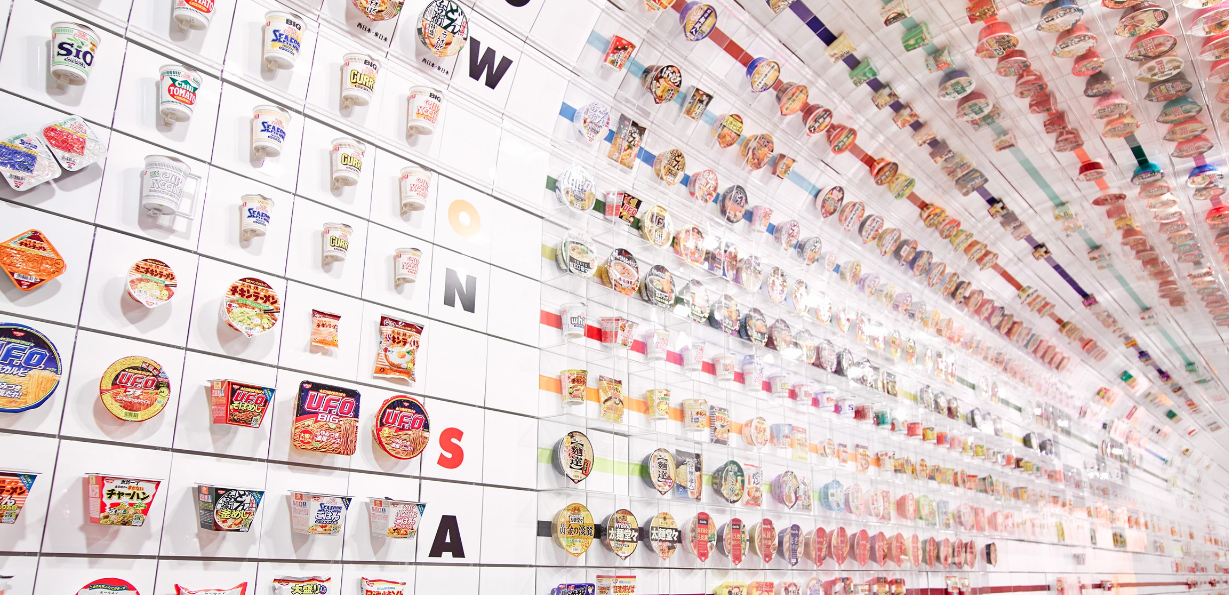
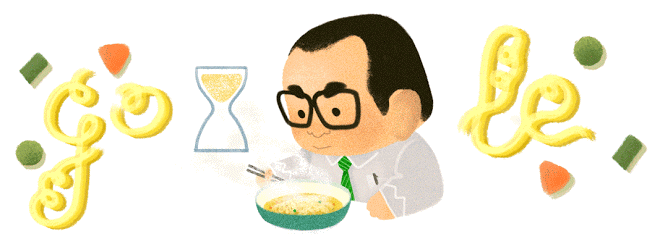
![Food and Snacks Invention Related to Pacific Asia War: Part 1- MOMOFUKU ANDO AND THE REVOLUTIONARY INSUTANTO-RĀMEN [INSTANT RAMEN]](/uploads/1/2/2/9/12298219/unep-photo-600_orig.jpg)
![Food and Snacks Invention Related to Pacific Asia War: Part 1- MOMOFUKU ANDO AND THE REVOLUTIONARY INSUTANTO-RĀMEN [INSTANT RAMEN]](/uploads/1/2/2/9/12298219/20110321-boycollectsramendonations_orig.jpg)
![Food and Snacks Invention Related to Pacific Asia War: Part 1- MOMOFUKU ANDO AND THE REVOLUTIONARY INSUTANTO-RĀMEN [INSTANT RAMEN]](/uploads/1/2/2/9/12298219/noodle-narr-custom-dc422cdcd6e7173a5488bf859f8972c5329257eb-s300-c85_orig.jpg)
![Food and Snacks Invention Related to Pacific Asia War: Part 1- MOMOFUKU ANDO AND THE REVOLUTIONARY INSUTANTO-RĀMEN [INSTANT RAMEN]](/uploads/1/2/2/9/12298219/img01_orig.jpg)
